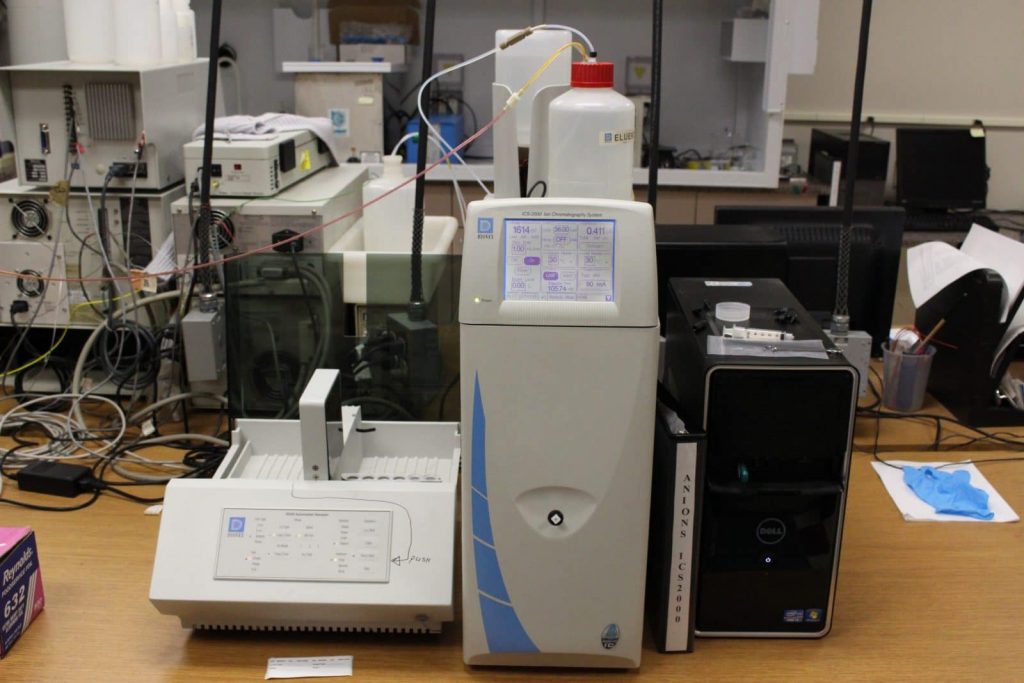high performance liquid Chromatography analysis is often utilized in pharmaceuticals to separate a combination of compounds during pharmaceutical analysis. Pharmaceutical companies are obligated to discover the quality of their goods through the use of HPLC before dispatching them to the worldwide market. Peak tailing is a Form of measurement used in HPLC. A perfect peak ought to be Gaussian in shape, a nice symmetrical diagram using a flat baseline. However, in a real situation that is never true. The summit normally deviates from the excellent Gaussian shape in a number of unique ways. A summit can become asymmetrical by flattening and becoming wider. The rear half of the peak can fall away. The summit can also split into 2 vertically which leads to a wider compared to the first half of this summit. This effect can be observed closely in the baseline and it is referred to as tailing.

Peak tailing in pharmaceutical analysis by HPLC is normally measured by its tailing factor. Non pharmaceutical industries utilize the asymmetrical element. The tailing factor is Measured at five percent in the peak height. Proper tailing peaks should fall between 0.9 to 1.4; using a value of 1.0 indicating a summit that is perfectly symmetrical. Peak tailing is usually resulted by adsorption or some other powerful interaction of an analyte using a stationary phase. On the other hand, peak fronting is normally caused by chemical reaction, column overloading or an isomerization during the chromatographic procedure. Many basic analytes or amines Tend to exhibit peak tailing as a consequence of the strong interaction it has with the remaining silanol groups. Pyridine also exhibits a Considerable peak tailing because of the strong interaction with residual silanol groups. It is important to not forget that pyridine is a foundation which means it is ionized at a neutral base form.
T-butylbenzene exhibits Excellent peak symmetry as a consequence of its ability to be impartial non-ionizable. The Best development in hplc testing Is supposed to be the high purity silica with low sudanophilic action. Modern HPLC columns are piled with silica materials. This tends to decrease the peak tailing of most analytes. Particle size under 2 microns is Still another development that uses very little particles to be able to create a rapid and efficient separation. Through time, particle size of packaging have been decreasing to microparticulate silica that yields exceptional efficacy performance. Novel bonding chemistry has been Introduced with the goal of making a larger pH stability range and an improved selectivity used in difficult separations. There are various different fixes That may be adopted for peak tailing. The process of removing peak tailing should start during HPLC method development.